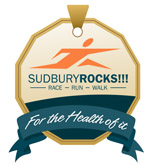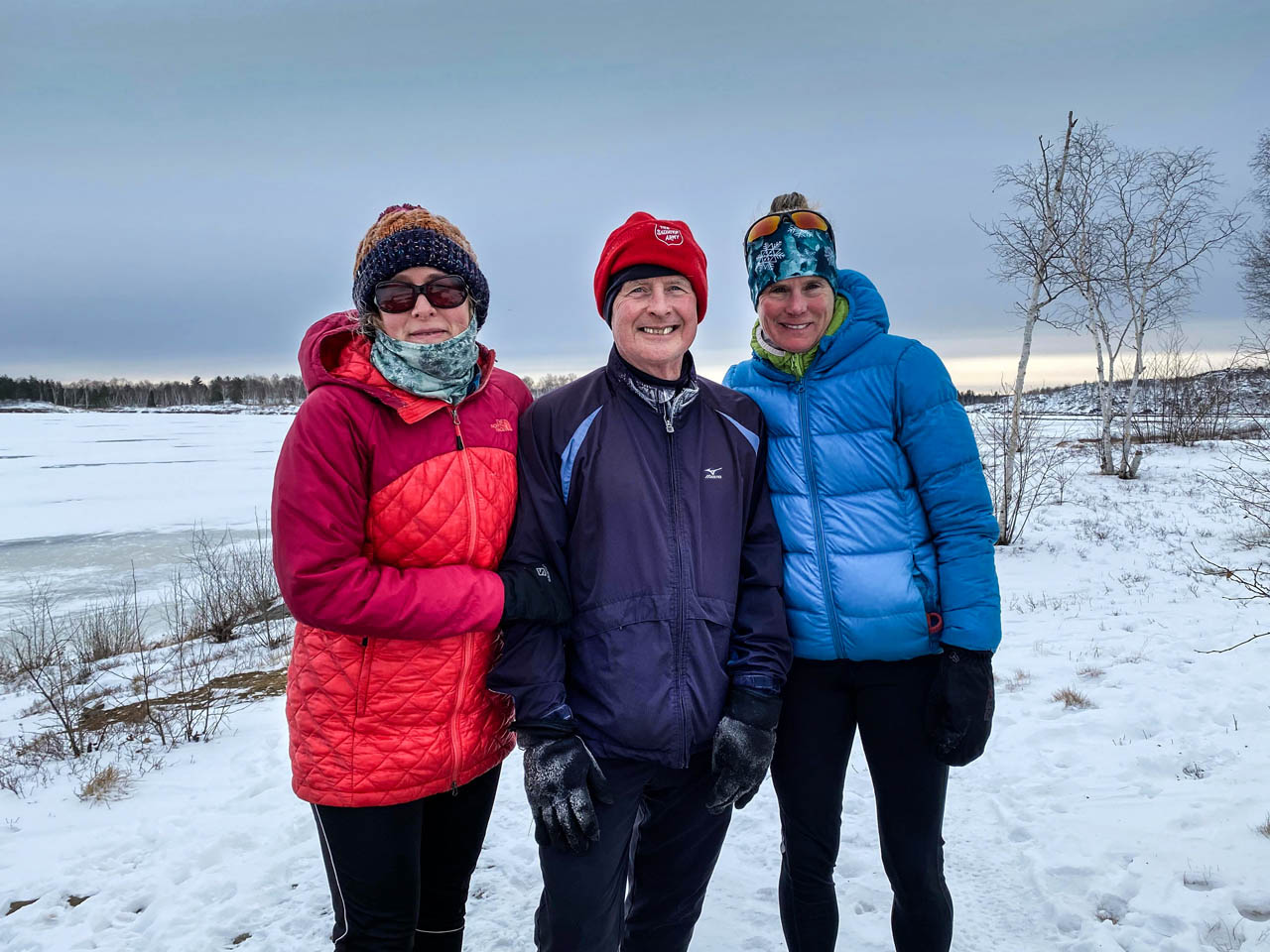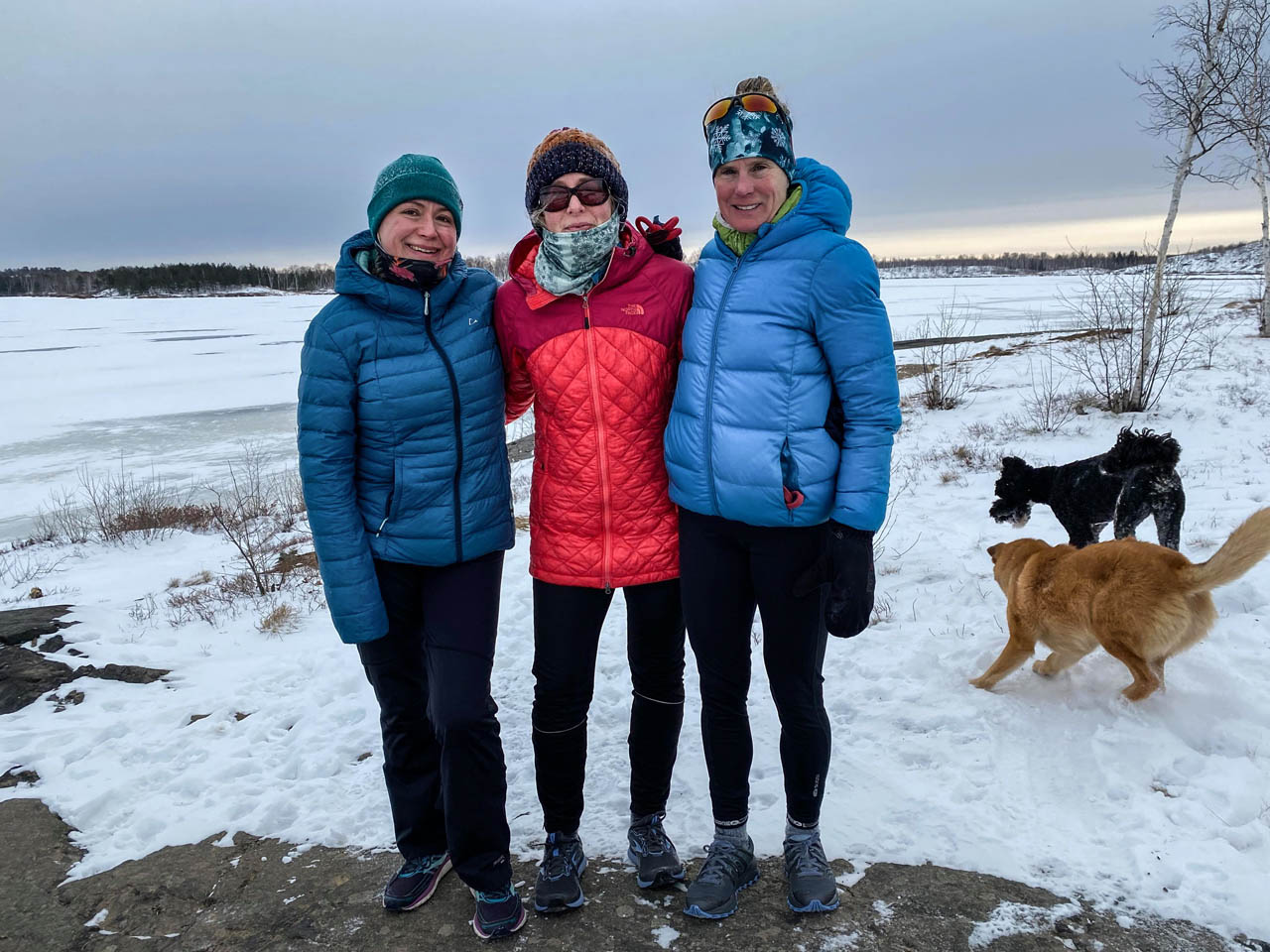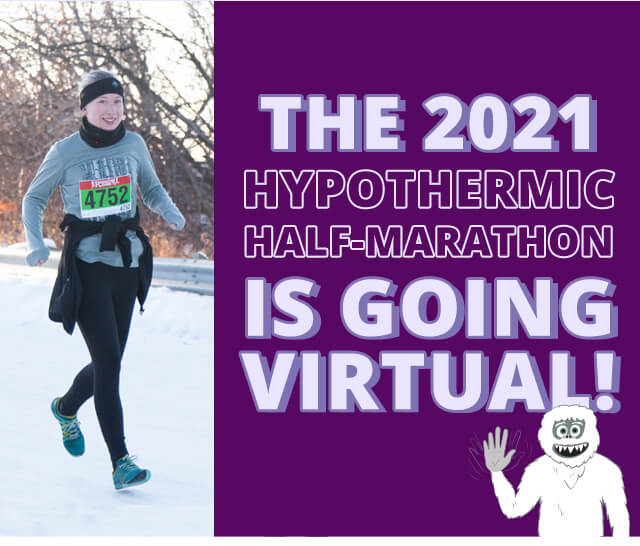| Because
our sport is relatively simple, runners tend to focus
on their shoes more than most athletes. We often speak
about shoes as if they’re at least as responsible
for our running as we are, from, “I PR’d because
of these shoes” to, “I’m injured because
of these shoes.” Indeed, in one study of runners’
views in 2014 on what causes injury, “wearing the
wrong shoes” was one of the most popular responses.
While there’s decent evidence that most runners
can go faster in certain types of shoes, there’s
much less certainty on the relationship between running
shoes and injury. Below is a summary of what we know about
whether shoes cause or prevent injury.
Shoe
Characteristics and Injury
Spoiler alert: Most experts disagree with runners on the
role of shoes in injury. A 2020 review in the Journal
of Athletic Training looked at four decades of research
on shoes and injury. It concluded that “footwear
does not cause injury.”
That conclusion might sound
improbable. But, as two leading running physical therapists
wrote in the British Journal of Sports Medicine in 2018,
logical fallacies underlie many beliefs about shoes and
injury. For example, many runners take for granted that
more cushioned shoes are more “protective,”
while others assume that running in minimalist shoes will
lead to fewer injuries because they allow you to run more
“naturally.” Neither idea is supported by
evidence.
Consider these articles from
peer-reviewed journals:
| An
extensive literature search found no evidence
to support the common practice of matching a shoe’s
degree of stability features with a runner’s
foot type. For example, the researchers didn’t
find support for prescribing conventional motion-control
features like firm posts on the inside heel to
runners with flat feet.
Studies involving
more than 7,000 military recruits found no difference
in injury rates when shoe type was randomly assigned
compared to when shoes were given based on arch
height. That is, the studies argue against basing
shoe selection on the so-called “wet test,”
which calls for putting people with high arches
in flexible shoes, people with average arches
in neutral shoes, and people with flat feet in
stability shoes.
A five-month study
found no significant difference in injury rates
in runners wearing shoes with a softer midsole
compared to those in shoes with a midsole that
was 15 percent firmer.
In a six-month
study, overall injury rates were similar among
runners assigned to either shoes with a 10-millimeter
heel-to-toe drop, a 6-millimeter heel-to-toe drop,
or a 0-millimeter heel-to-toe drop. A shoe’s
heel-to-toe drop is the difference in the height
of the shoe in the heel and the height of the
shoe in the forefoot. One theory is that a higher
heel-to-toe drop is “protective” against
injury, while others claim that low- or zero-drop
shoes lower injury rates because they encourage
a more “natural” gait.
|
The evidence for shoes preventing
injury is even slimmer than that for shoes causing injury.
Shoe companies mostly shy away from making explicit claims
about injury prevention. Nike was careful in how it presented
the results of a study it commissioned comparing its Infinity
React Run to its Air Zoom Structure 22. The company reported
that, during the 12-week study, runners in the Infinity
React had 52 percent fewer injuries than those in the
Structures. Nike didn’t say “this shoe will
cut your injury risk in half.” (Nor, for that matter,
did they address whether the Structures increased runners’
risk of injury!)
When shoe companies make
broader claims, they can get in trouble. Soon after the
minimalist running craze, Vibram paid $3.75 million in
a class-action suit filed in 2012 contesting that the
company deceived consumers by advertising that its FiveFingers
shoes could reduce foot injuries and strengthen foot muscles.
The court agreed that the company’s assertions lacked
scientific evidence.
On
the Other Hand (Foot)…
“But wait,” you might be thinking, “I
tried shoe X and was injured within three weeks”
or, “I switched to shoe Y and my injury went away.”
All research done on running
shoes and injury bases its conclusions on overall findings
among the study participants. What you care about, of
course, is your unique situation. There’s no denying
that some shoes are better for individual runners. For
example, research published in 2016 in the British Journal
of Sports Medicine found that runners with pronated foot
who wore motion-control shoes had fewer injuries than
pronating runners who wore neutral shoes during the six-month
study.
This study doesn’t
necessarily contradict the one involving military recruits
cited above. The military recruits study suggested that
assigning runners to motion-control shoes on the basis
of their arch height is unfounded. The British Journal
of Sports Medicine study was more fine-tuned, looking
at what runners’ feet did when running, rather than
when standing.
Another limitation of studies
on running shoes and injury is that they tend to focus
on one aspect of shoe design, such as heel-to-toe drop.
But any given shoe contains a multitude of features. A
thickly cushioned shoe can have the same drop as a lower,
firmer model. Two shoes could have similar midsole firmness,
but vary greatly in width, height, and drop.
That being the case,
how to go about finding the right pair?
Leading sports medicine practitioners
apply the more-targeted approach by looking at individuals’
injury history. Two current best practices in this regard
are to have runners with a history of knee injuries gradually
transition to lower-drop shoes. Doing so should shift
some of running’s impact forces from the knees to
the calves, Achilles tendons, and other lower-leg areas.
Conversely, runners with chronic calf and Achilles issues
might benefit from shoes with a greater heel-to-toe differential
to move some impact forces to the knees.
More broadly, an increasingly
accepted method of shoe selection is based on work done
by famed biomechanist Benno Nigg from the University of
Calgary. He has suggested letting “preferred movement
pattern” and “comfort” as filters for
individual runners to use when deciding on running shoes.
The basic idea here is that runners should incur fewer
injuries in shoes that feel like an extension of their
bodies. If you’ve ever thought, “The shoes
got out of the way and just let me run,” you’ve
experienced what Nigg recommends. Note that Nigg’s
“comfort” filter applies to when you run in
the shoes, not when you step into them and walk around
a store.
The comfort filter makes
intuitive sense. But again, other ideas about shoe selection,
such as more cushioning leading to fewer injuries, or
barefoot-style shoes that have you running more “naturally”
being better for you, might also make intuitive sense,
but haven’t been supported by research. Nigg’s
broad proposals have yet to be backed up by peer-reviewed
research.
When More Shoes Are
Better
One shoe-and-injury practice
there does appear to be evidence for is rotating among
different models. In first-of-its-kind research published
in 2013, runners who split their mileage among multiple
shoe models had 39 percent fewer injuries during the 22-week
study than runners who always or almost always wore the
same shoes.
Of the 264 runners in the
study, 116 were classified as single-shoe wearers; runners
in this group did 91 percent of their mileage in the same
shoe and ran in an average of 1.3 pairs of shoes during
the study. The other 148 were classified as multiple-shoe
wearers; runners in this group tended to have a main shoe,
which they wore for an average of 58 percent of their
mileage, but they rotated among an average of 3.6 pairs
of shoes for their training during the study.
The researchers wrote that
this could be because different shoes distribute the impact
forces of running differently, thereby lessening the strain
on any given muscle tissue. Previous research has shown,
and runners have long noticed, that factors such as midsole
height and midsole firmness create differences in gait
components such as stride length and ground reaction time.
“Multiple shoe use
and participation in other sporting activities are strategies
leading to a variation of external and internal loads
applied to the musculoskeletal system that could have
a beneficial effect on [running injuries],” the
researchers wrote. “Although speculative, it could
be that any training paradigm that limits excess repetitions
will decrease the risk of [running injuries], especially
overuse injuries.”
The
Real Reason You Get Injured
The authors of the 2020 literature review cited early
in this article included this key take-home message: “[F]ootwear
does not cause injury but can modify the global training
load a runner can tolerate before sustaining an injury.”
In other words, think of
shoes not as cure-alls or the cause of your injuries,
but as part of an overall approach to avoiding injury.
Most running injuries result from low-grade, repetitive
strain that eventually pushes a body part past its breaking
point. Finding the shoes that help you run with your best
form is a start, because doing so should mean how you
absorb impact forces matches what your body is best suited
for. Rotating among different models of shoes should mean
more variation in how those impact forces are distributed.
But shoes are only part of
the solution. As the shoe-rotation researchers note, cross-training
is another way to change the stresses on your body. So
too are running on different types of surfaces, running
at a variety of paces, varying your topography, and having
day-to-day variety in distance and intensity.
Those basic principles have
to do with varying running’s impact forces; think
of them as lessening the strain on your body. The second
main way to lower your injury risk is to make your body
better able to withstand that strain. That comes from
strength training, good movement patterns, a good diet,
and adequate sleep.
Yes, shoes are important.
But ultimately, your health as a runner is up to you,
not what you put on your feet.
|










219.jpg)



























